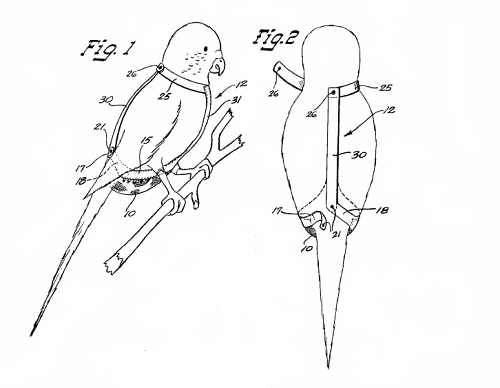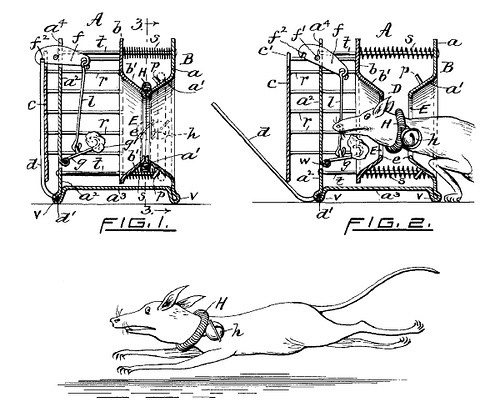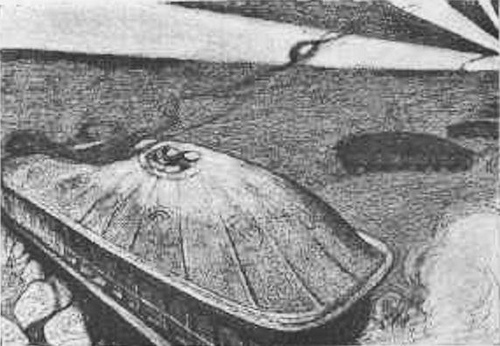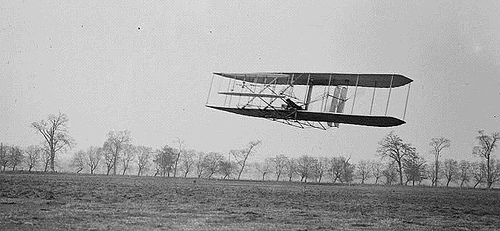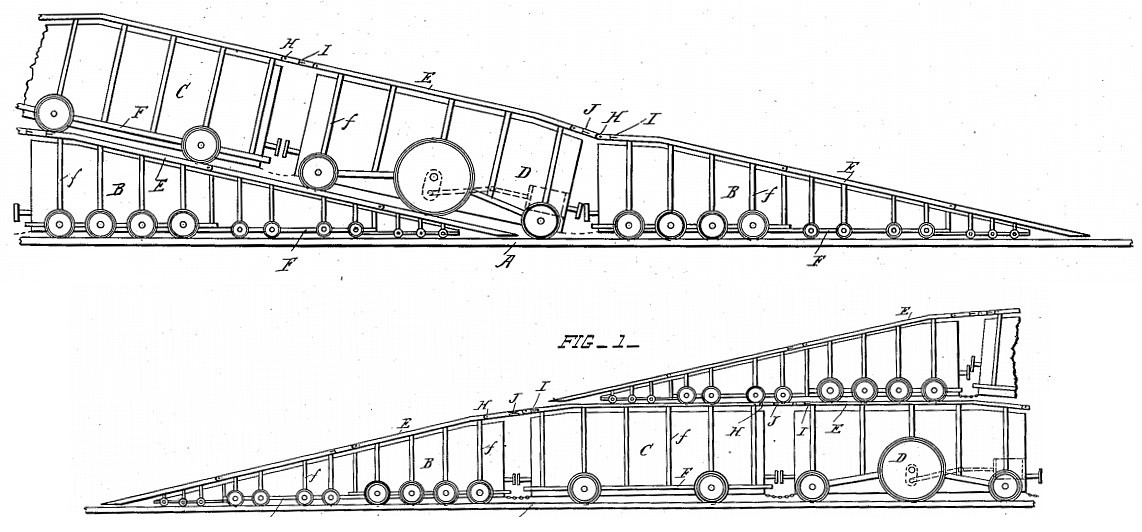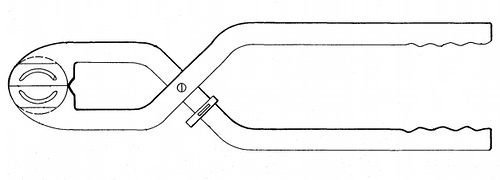
Ralph R. Maerz patented this snowball maker in 1989, to produce balls with an “aesthetically pleasing and aerodynamically sound round shape.”
It would have been a doomsday weapon in Edinburgh in 1838, when a snowball fight escalated into a full-scale riot:
On the 10th January some snowballing took place in front of the College, in which the students took part. The warfare between the students and the townspeople was renewed on the 11th, and became more serious. Several shop windows were broken, the shops were closed, and the street traffic suspended. The students, believing that the constables took the side of the mob against them, appeared on the 12th armed with sticks, to defend themselves against the constables’ batons. Then a regular riot took place, sticks and batons being freely used, and matters became so serious that the magistrates found it necessary to send to the Castle for a detachment of soldiers of the 79th Highlanders, which arrived and drew up across the College quadrangle, and peace was restored. [University Snowdrop, 1838]
This may be history’s only instance of military intervention in a snowball fight. Five students were tried; all were acquitted.
